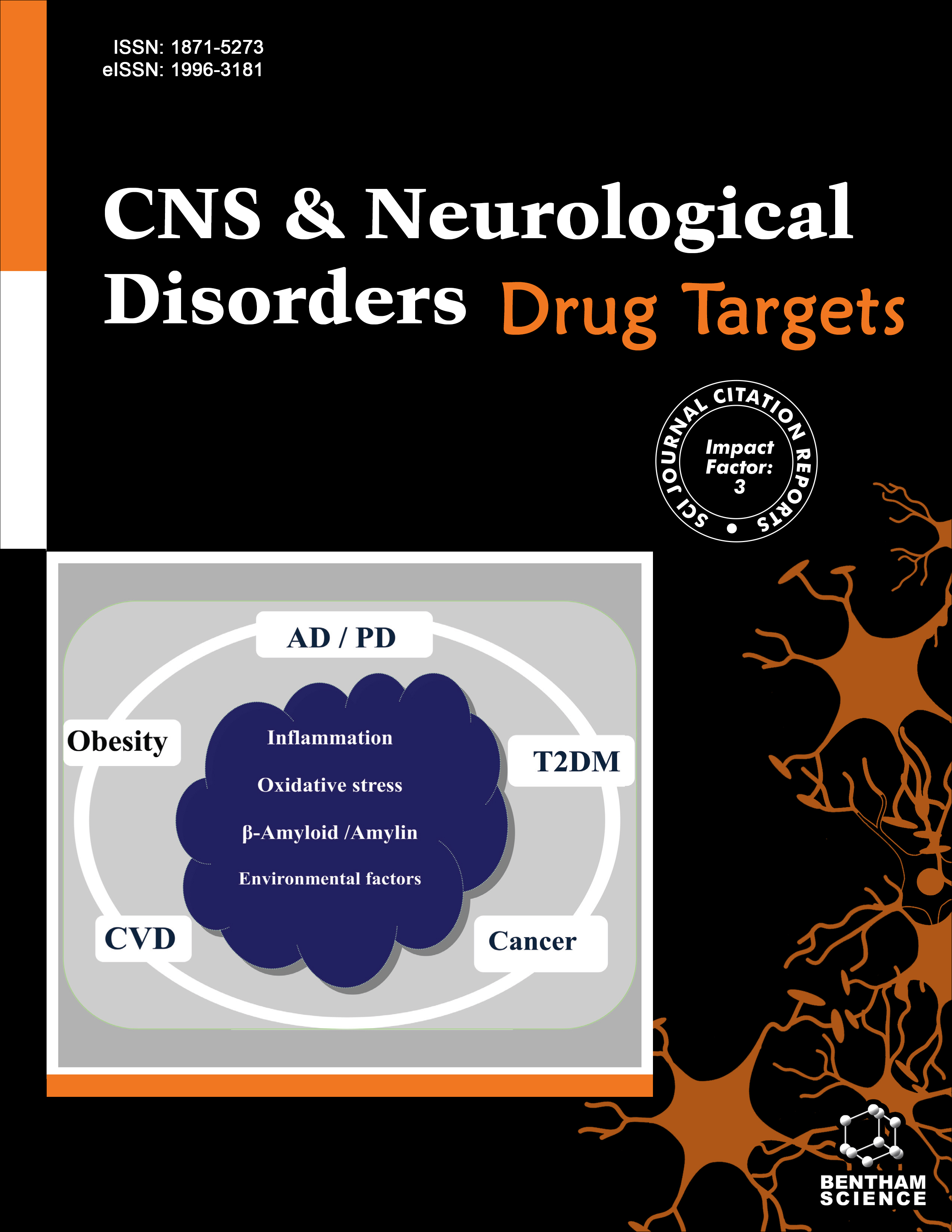
Full text loading...
Although electroconvulsive therapy (ECT) has immediate and profound effects on severe psychiatric disorders compared to pharmacotherapy, the mechanisms underlying its therapeutic effects remain elusive. Increasing evidence indicates that glial activation is a common pathogenetic factor in both major depression and schizophrenia, raising the question of whether ECT can inhibit glial activation. This article summarizes the findings from both clinical and experimental studies addressing this key question. Based on the findings, it is proposed that the suppression of glial activation associated with neuroinflammation may be involved in the mechanism by which ECT restores brain homeostasis and exerts its therapeutic effects.

Article metrics loading...

Full text loading...
References


Data & Media loading...

